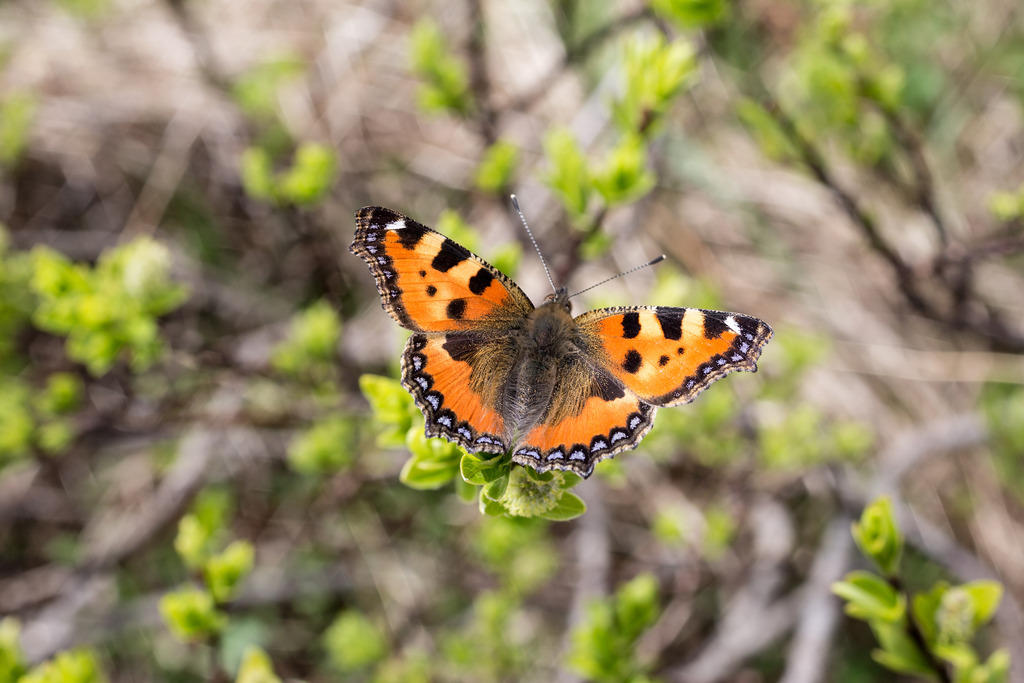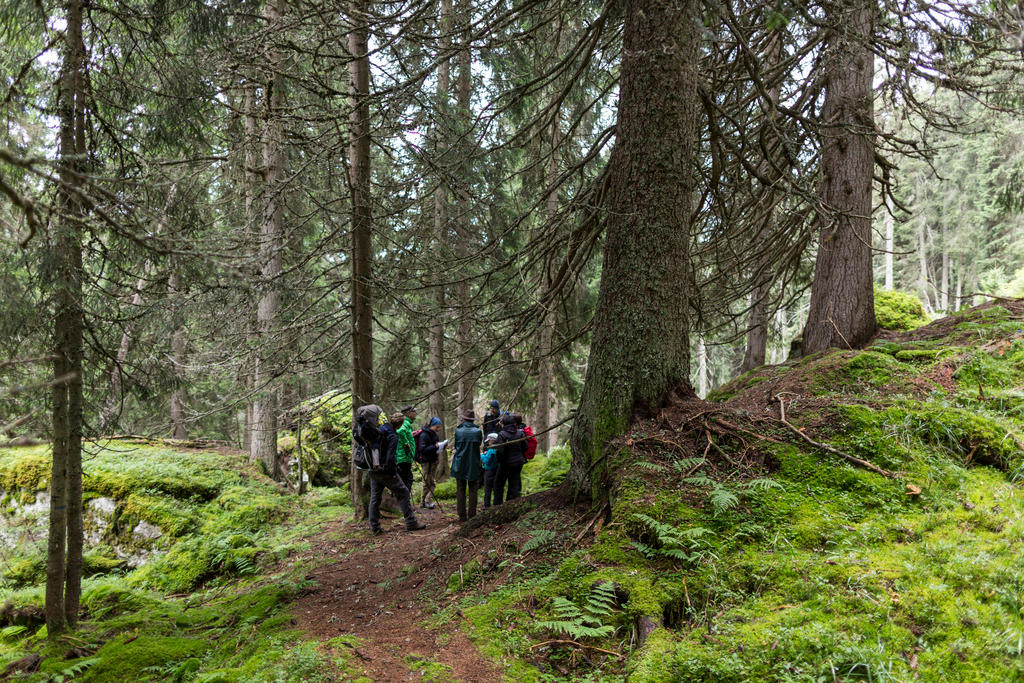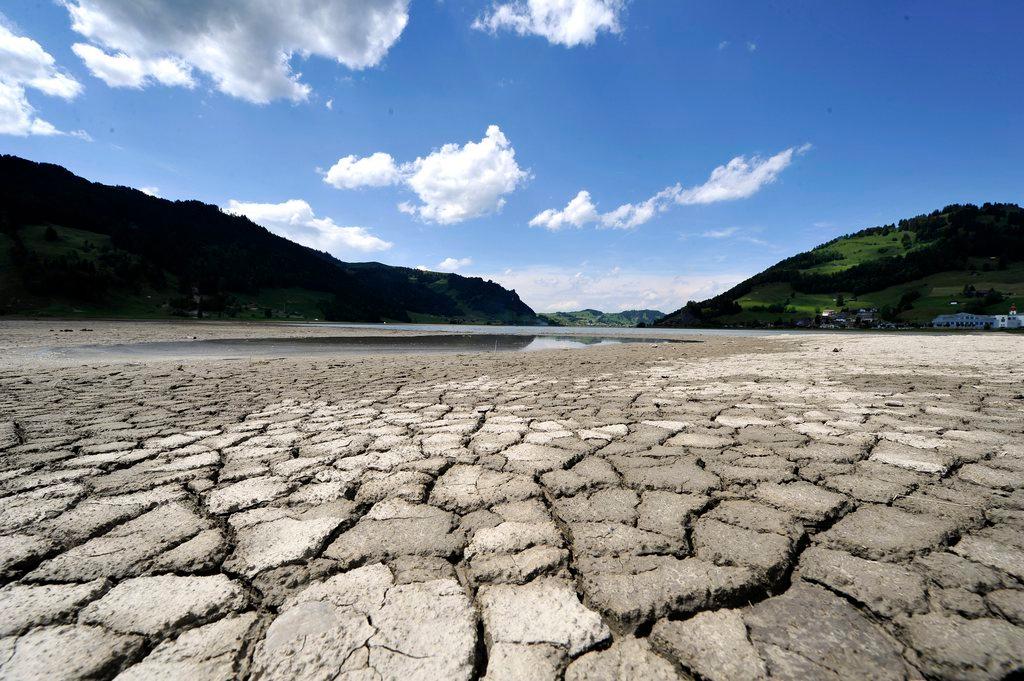Include non-native species in biodiversity reports, says study

Biodiversity studies should include not only indigenous species but also the contributions of introduced species, both positive and negative, says a study by the University of Geneva (UNIGE).
Indices currently used to measure progress towards international conservation and sustainability goals focus only on the “native” component of biodiversity, says the studyExternal link, published in the journal PLOS Biology. But non-native species, while they may have harmful effects, can also contribute to the local environment.
Study author Martin Schlaepfer, a researcher at UNIGE’s Institute of Environmental Sciences, argues that current indicators give a biased view, and that all species should be included. “This is not only consistent with definitions of biodiversity but also will promote the idea that long-term, sustainable, human well-being is intricately tied to benefits derived from nature,” he argues.
+ Read more about biodiversity in Switzerland
Biologists generally favour the protection of native species. Introduced species, however, are viewed as undesirable by the conservation community because some can generate undesirable effects. “But around 88% of species introduced to Europe are not problematic,” says Schlaepfer. “And among those that do create a problem, we generally only look at their flaws, without factoring in the positive features they can also generate.”
Examples given in the study include the giant goldenrod (Solidago gigantea), a species of plant introduced from North America. It is considered invasive in Switzerland because it can dominate environments bordering agricultural land. However, it is also appreciated for its ornamental and medicinal properties, and serves as a resource for insects. Similarly, American crayfish – which are invasive in European lakes – provide the catering industry with an important source of food.
“If you focus on trees in the Canton of Geneva, there are 88 indigenous species. But there are 597 introduced tree species in the canton!” Schlaepfer points out. “If we want to remain relevant for political institutions, we now need to consider nature in its entirety.”

In compliance with the JTI standards
More: SWI swissinfo.ch certified by the Journalism Trust Initiative




You can find an overview of ongoing debates with our journalists here. Please join us!
If you want to start a conversation about a topic raised in this article or want to report factual errors, email us at english@swissinfo.ch.